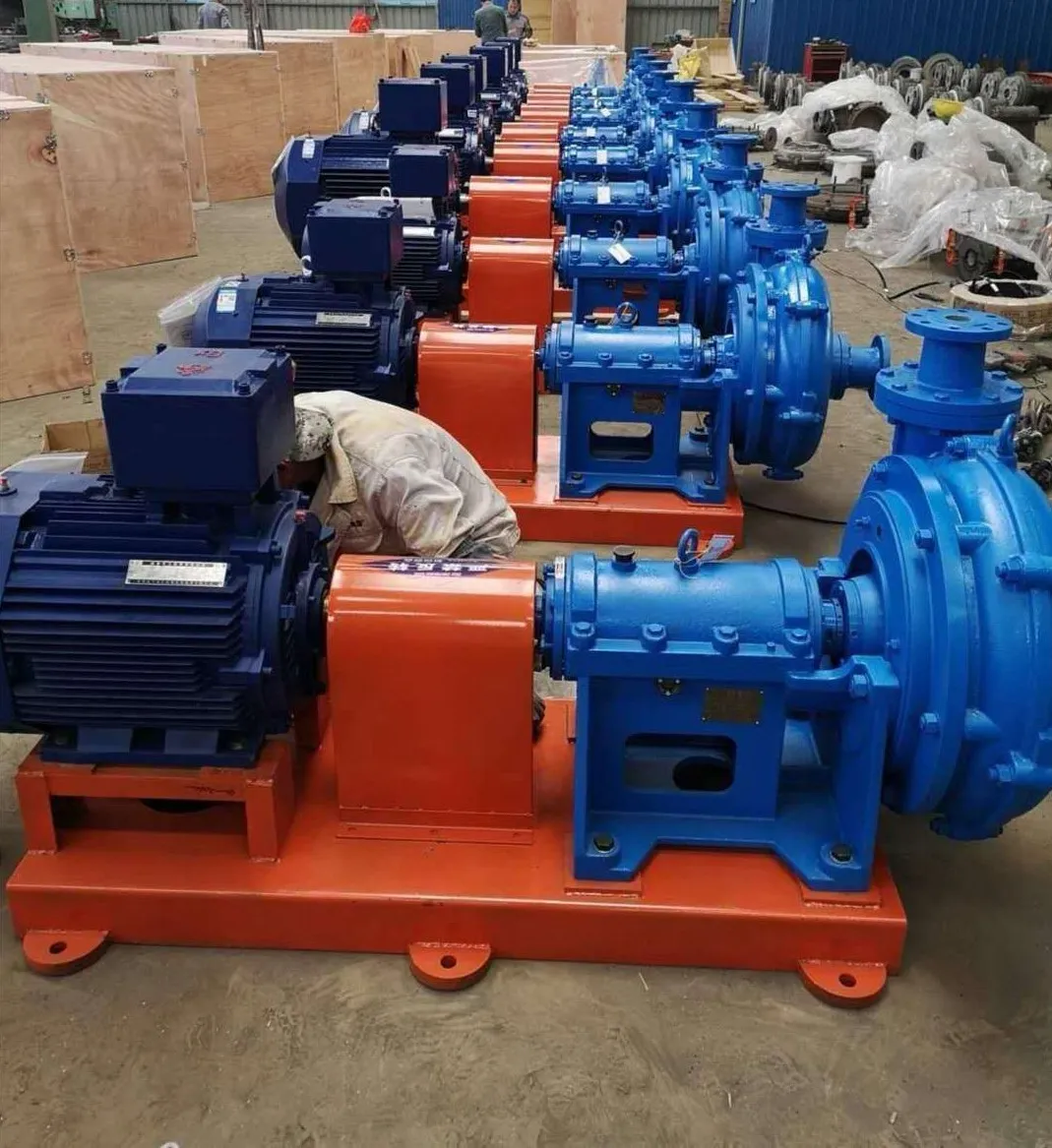English
- Afrikaans
- Albanian
- Amharic
- Arabic
- Armenian
- Azerbaijani
- Basque
- Belarusian
- Bengali
- Bosnian
- Bulgarian
- Catalan
- Cebuano
- Corsican
- Croatian
- Czech
- Danish
- Dutch
- English
- Esperanto
- Estonian
- Finnish
- French
- Frisian
- Galician
- Georgian
- German
- Greek
- Gujarati
- Haitian Creole
- hausa
- hawaiian
- Hebrew
- Hindi
- Miao
- Hungarian
- Icelandic
- igbo
- Indonesian
- irish
- Italian
- Japanese
- Javanese
- Kannada
- kazakh
- Khmer
- Rwandese
- Korean
- Kurdish
- Kyrgyz
- Lao
- Latin
- Latvian
- Lithuanian
- Luxembourgish
- Macedonian
- Malgashi
- Malay
- Malayalam
- Maltese
- Maori
- Marathi
- Mongolian
- Myanmar
- Nepali
- Norwegian
- Norwegian
- Occitan
- Pashto
- Persian
- Polish
- Portuguese
- Punjabi
- Romanian
- Russian
- Samoan
- Scottish Gaelic
- Serbian
- Sesotho
- Shona
- Sindhi
- Sinhala
- Slovak
- Slovenian
- Somali
- Spanish
- Sundanese
- Swahili
- Swedish
- Tagalog
- Tajik
- Tamil
- Tatar
- Telugu
- Thai
- Turkish
- Turkmen
- Ukrainian
- Urdu
- Uighur
- Uzbek
- Vietnamese
- Welsh
- Bantu
- Yiddish
- Yoruba
- Zulu
Telephone: +86 13120555503
Email: frank@cypump.com
Dec . 04, 2024 22:24 Back to list
submersible septic tank pump
Understanding Submersible Septic Tank Pumps
Submersible septic tank pumps play a crucial role in the efficient management of wastewater in residential and commercial properties. Unlike conventional septic systems, which rely on gravity to transport waste, submersible pumps are designed to be submerged in the effluent, facilitating the movement of wastewater from the septic tank to the drain field or sewer system. This article explores the importance, functionality, advantages, and maintenance of submersible septic tank pumps.
Importance and Functionality
Submersible septic tank pumps are essential for properties where gravity alone cannot adequately move wastewater away from the septic tank. The pump is typically installed in the septic tank itself and activated when the wastewater reaches a certain level. As the name suggests, these pumps work underwater, utilizing an electric motor that is hermetically sealed to prevent water intrusion.
Once activated, the pump moves wastewater through a discharge pipe, often leading to a drain field where the effluent can safely percolate into the soil. Some systems may also direct wastewater to a municipal sewer system. The efficient operation of these pumps helps prevent backups in the system, which can create unpleasant odors and health hazards.
Advantages of Submersible Pumps
One of the primary advantages of submersible septic tank pumps is their ability to handle various types of waste. They are designed to manage not only sewage but also solid waste and debris, making them suitable for diverse applications. Electric submersible pumps are also relatively quieter compared to above-ground pumps, helping to maintain a tranquil environment around the property.
submersible septic tank pump

Additionally, these pumps are typically more efficient in moving wastewater over longer distances and prevent the discharge pipe from clogging, which can occur in systems that rely solely on gravity. The compact design of submersible pumps allows for easier installation in areas with limited space, and their durability ensures long service life with minimal maintenance.
Maintenance Considerations
While submersible septic tank pumps are designed to be low-maintenance, regular inspections and preventative measures are essential for optimum performance. Homeowners should periodically check the pump for any signs of wear or malfunction. This includes looking for leaks in the discharge pipe, unusual noises during operation, and ensuring that the power supply is stable.
It is also advisable to schedule professional inspections every few years. A technician can perform a more thorough evaluation of the system, checking the motor, seals, and impeller operation. Additionally, maintaining the septic tank by ensuring it is pumped out periodically (every 3 to 5 years, depending on usage) can significantly extend the lifespan of the pump.
Another important maintenance tip is to avoid putting non-biodegradable items down the drains, as these can accumulate and cause blockages in both the pump and the septic system.
Conclusion
Submersible septic tank pumps are vital components of modern wastewater management systems. Their ability to efficiently move wastewater, combined with their durability and low-maintenance requirements, makes them a popular choice for many property owners. Understanding their functionality, benefits, and maintenance can help ensure the longevity of the system and protect against costly repairs and environmental hazards. Investing time in the proper care and maintenance of these pumps will ultimately result in a more reliable and efficient septic system.
-
ISG Series Vertical Pipeline Pump - Chi Yuan Pumps Co., LTD.|High Efficiency, Energy Saving, Low Noise
NewsJul.30,2025
-
ISG Series Vertical Pipeline Pump- Chi Yuan Pumps|High Efficiency&Low Noise
NewsJul.30,2025
-
ISG Series Vertical Pipeline Pump-Chi Yuan Pumps Co., LTD.|High Efficiency&Energy Conservation
NewsJul.30,2025
-
ISG Series Vertical Pipeline Pump - Chi Yuan Pumps Co., LTD.|Advanced Hydraulic Design&Energy-Efficient Solutions
NewsJul.30,2025
-
ISG Series Vertical Pipeline Pump - Chi Yuan Pumps Co., LTD.
NewsJul.30,2025
-
ISG Series Vertical Pipeline Pump - Chi Yuan Pumps Co., LTD.|energy-efficient fluid handling&industrial durability
NewsJul.30,2025










